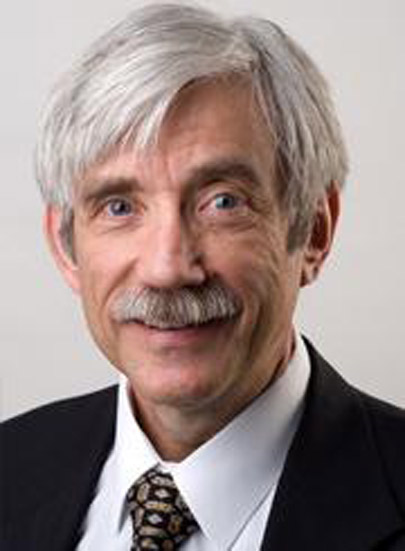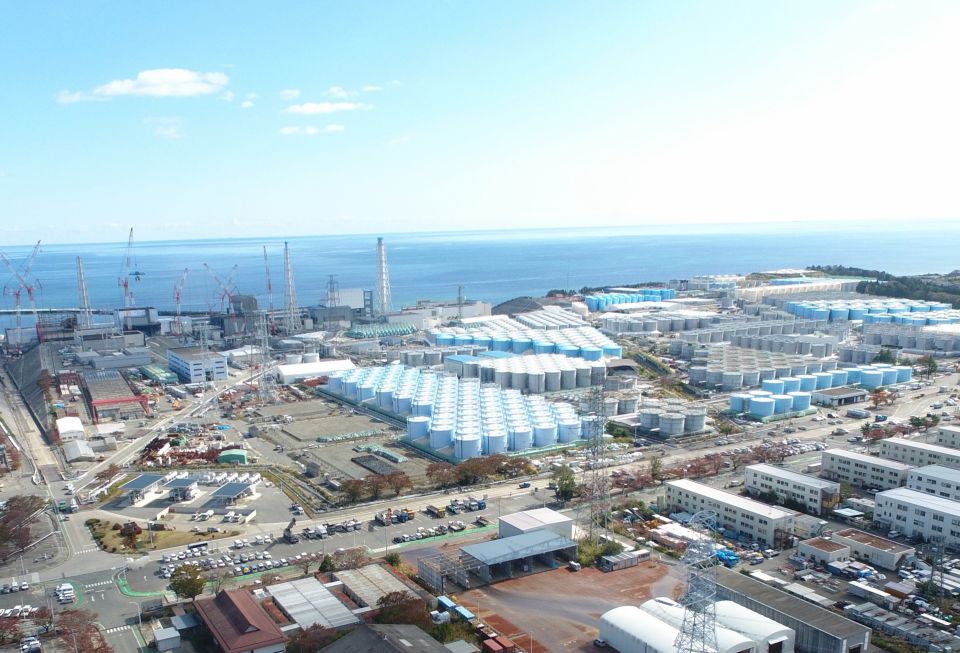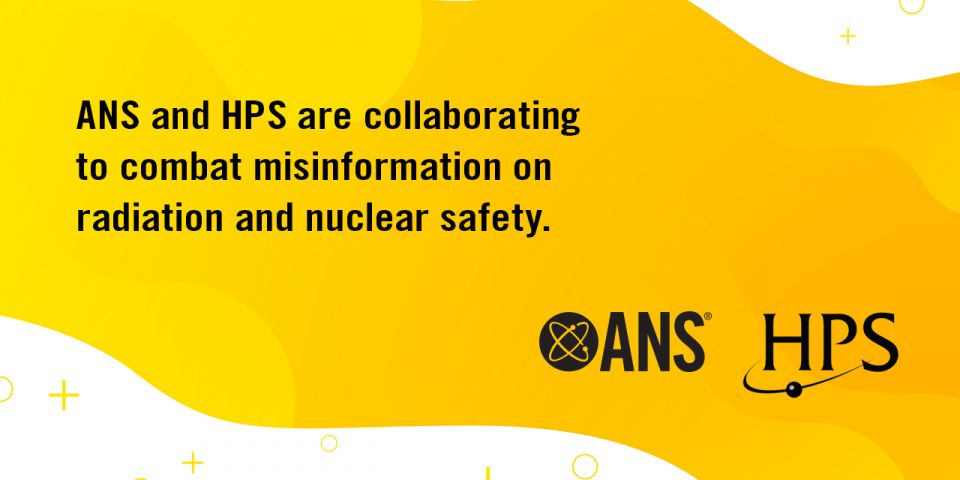Health Physics Society presents “The History of the Linear No-Threshold Model”

Calabrese
The Health Physics Society has created a 22-episode video series titled “The History of the Linear No-Threshold (LNT) Model.” The videos feature discussions with Edward J. Calabrese, a renowned toxicologist and a professor in the School of Public Health and Health Sciences at the University of Massachusetts at Amherst.
The video series begins with an introduction to Calabrese and his contributions to toxicology and radiation risk assessment. Episode 2 covers the origin of the LNT model as a way of explaining the mechanism of biological evolution. Episodes 3 through 5 explore the work of Hermann Muller, raising doubts about his claims regarding gene mutations and his linear dose response concept.



.jpg)
.jpg)
